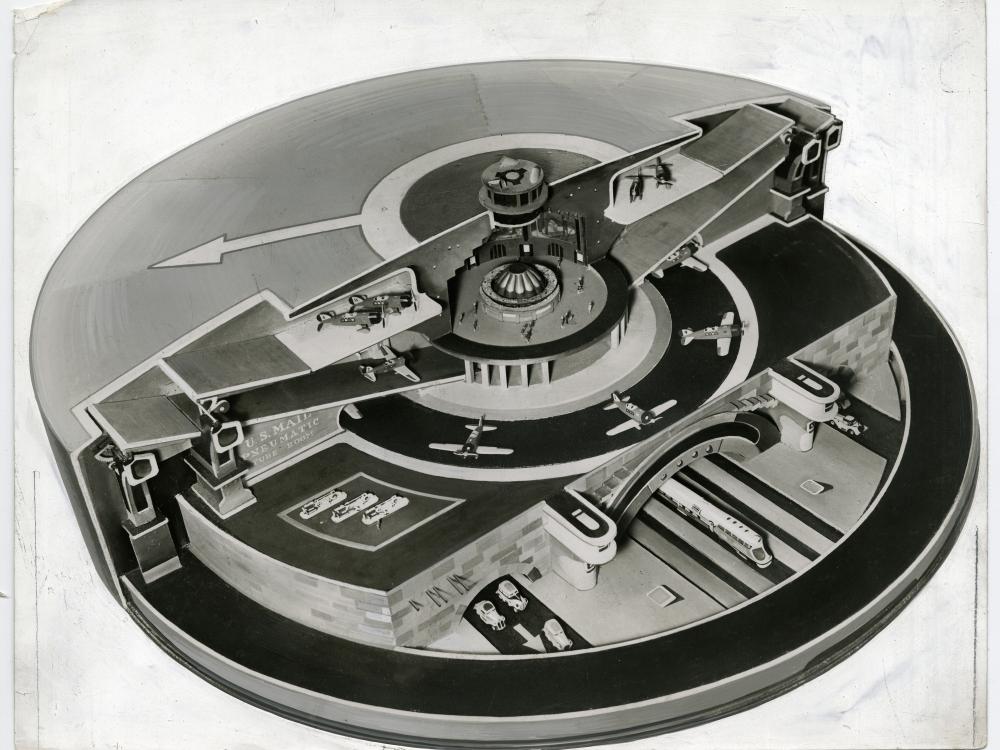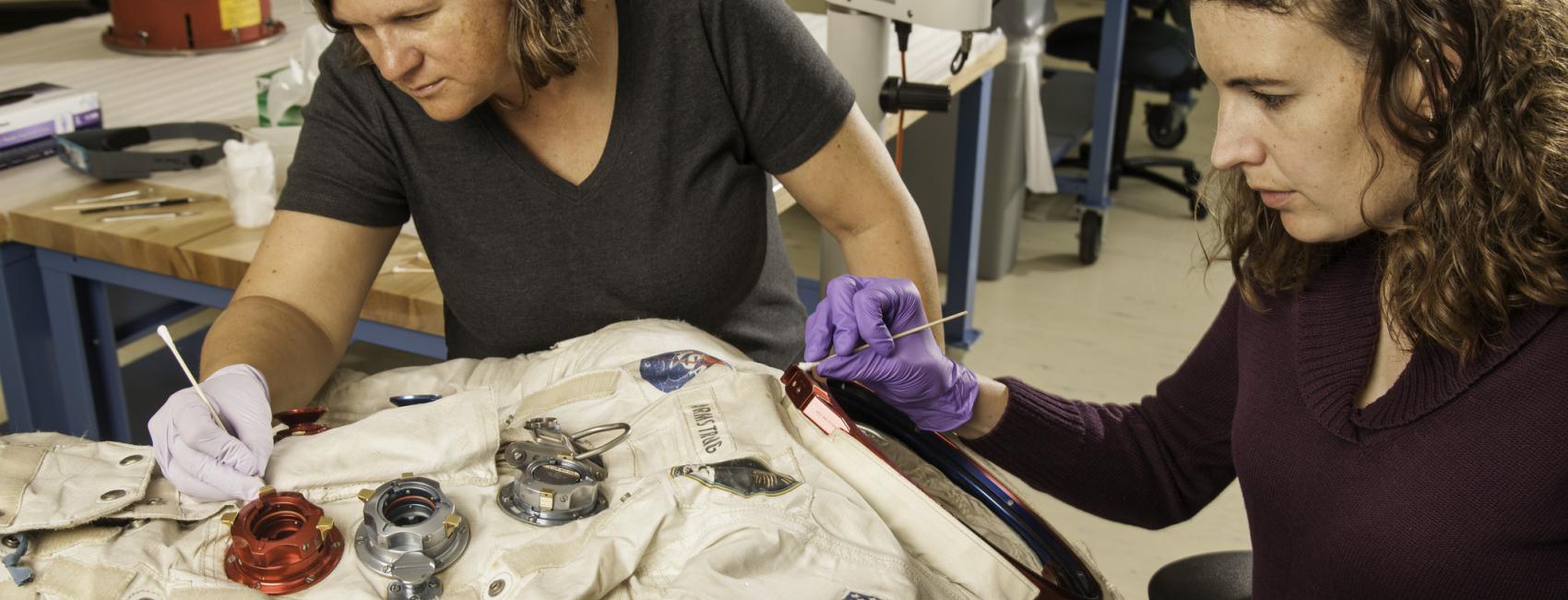
Yesterday's Airports of Tomorrow
Nov 30, 2021

Nov 30, 2021
As the nation's air transportation system grew, so did the need for better aviation facilities. By 1940 the modern airport had come into being. Today's airports are basically similar, but over the years airport designers have had some interesting ideas when planning for the future of air travel.
From underground airports to floating fields in the ocean, here are six of their most radical ideas.
This is a 1935 model for an underground air terminal. After landing, aircraft would go underground to various levels for passengers, maintenance, and cargo loading. Connections to ground transportation are at the lowest level.
Next up, this 1933 design would have given land planes a place to make emergency or refueling stops while crossing the ocean. Similar to planes landing on aircraft carrier, touching down during bad weather would have been challenging. As aircraft fuel efficiency, speed, and range increased, the idea became obsolete.
In 1939 this airport was built on Treasure Island in San Francisco Bay. It was later used as a base for Pan American's trans-Pacific service.
This was an entry in an airport design competition sponsored by the Lehigh Portland Cement Company in 1930. The idea was for an airport close to the city center; however, newer and heavier airplanes needed longer runways.
This landing platform was proposed in 1929 for the Pennsylvania Railroad station in New York City. The downtown location was meant to be convenient.
New technologies are making older designs for small inner-city airports relevant again, like this concept from 1994.
If you could design your own airport of the future, what would it look like?

We rely on the generous support of donors, sponsors, members, and other benefactors to share the history and impact of aviation and spaceflight, educate the public, and inspire future generations. With your help, we can continue to preserve and safeguard the world’s most comprehensive collection of artifacts representing the great achievements of flight and space exploration.
We rely on the generous support of donors, sponsors, members, and other benefactors to share the history and impact of aviation and spaceflight, educate the public, and inspire future generations. With your help, we can continue to preserve and safeguard the world’s most comprehensive collection of artifacts representing the great achievements of flight and space exploration.